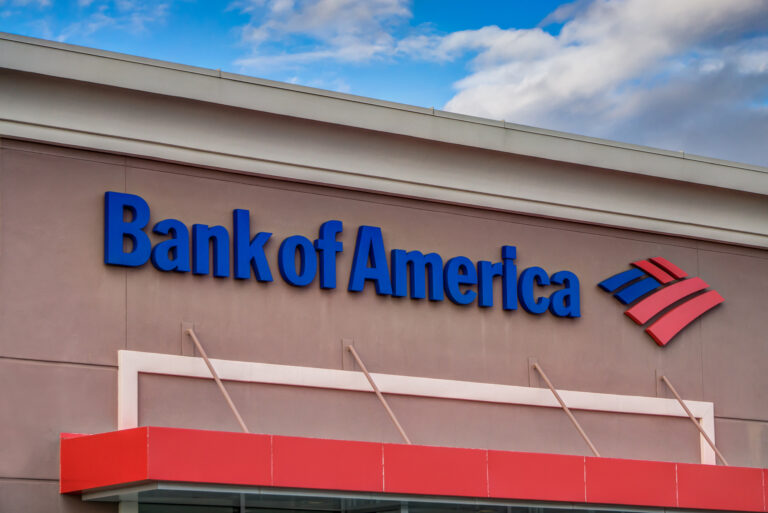Bank of America (BofA) has now officially launched a cryptocurrency research department. The department will study Bitcoin as well as other digital assets, such as NFTs, DeFi, and central bank digital currencies (CBDCs).
Digital assets represent more than $2 trillion in market value with more than 200 million users and have the potential to transform any industry by improving efficiency and reducing friction in transactions. Hundreds of companies are forming within this new ecosystem, creating a new asset class.
Digital assets are too big to ignore
The "Digital Assets Primer: Only the first inning" provides an investment framework for the digital asset landscape, looking at it from a variety of angles: Tokens that function like operating systems; applications powered by smart contracts; stablecoins pegged to fiat currencies; central bank digital currencies that could replace money; and non-fungible tokens that connect creators and fans in a new way.
"Bitcoin is important, but the digital asset ecosystem is so much more. Our research aims to explore the impact on various industries such as finance, technology, supply chains, social media and gaming." - Alkesh Shah, Head of Global Cryptocurrency and Digital Asset Strategy
Candace Browning, Head of BofA Global Research added that digital assets are changing the way markets, businesses and central banks operate. The Bank of America offers a market-leading global payments platform and blockchain expertise. The creation of Digital Asset Research strengthens the depth and breadth of its offering to investors.
Far more than just Bitcoin
To date, Bank of America's primary focus has been on Bitcoin and Bitcoin futures trading. However, the new division indicates in the report that the bank is looking at all aspects of the digital asset industry. Among them, digital assets that enable platform building are gaining the most value.
The report also points to the growing importance of stablecoins and the potential of CBDCs. According to the report, the top six stablecoins by market capitalization have reached a total value of $115 billion and processed $2.8 trillion in transactions in the first half of 2021.
Policymakers are concerned that private stablecoins could pose a systemic risk if a "bank run" ever occurred. This would force issuers to liquidate their collateral, causing contagion effects in traditional financial markets. Some issuers - notably Tether Limited - hold the commercial paper to earn a return on reserves. If they become too large, a sudden demand for redemptions could cause them to liquidate their holdings, which could have a massive impact on the corporate bond market.
CBDCs and NFTs
As adoption and usage has increased, governments and regulators around the world have stepped up their efforts to restrict the use of digital assets. Some of the key issues seem to be revolving primarily around AML/KYC, mitigating potential bank runs, taxation, and liability. A CBDC issued/managed by the central bank would address these issues while maintaining the central bank's monetary policy control, the report says.
The Bank of America also has its eye on non-fungible tokens (NFTs). While the research report cites current uses for art and gambling, it also notes other potential uses. The report makes clear that NFTs can be used in place of deeds, titles, or anything currently required to prove ownership - and without a middleman charging a fee on the transaction.
It is evident in the report that NFTs are the current drivers of the digital asset market. Although there are some voices dismissing the NFT ecosystem as just another bubble, non-fungible tokens are already a massive economy. The Bank of America seems to realize that the disruptive potential of NFT will spill over into other industries and reach far beyond the current bull market.
Optimistic for DeFi
Perhaps the biggest threat to the Bank of America's traditional business model is decentralized finance (DeFi). In this, users take over many of the functions of a traditional bank, and can, for example, borrow, lend, earn attractive returns, and perform many other activities in a self-directed manner.
Contrary to expectations that people would therefore be sceptical of DeFi, the report is quite optimistic about its future. The SEC is studying DeFi applications and companies to determine whether and how they should be included in the current regulatory framework. BofA is optimistic about the long-term growth of this segment and hopes the field will mature once regulatory uncertainty is resolved.
Throughout the report, the Bank of America emphasizes that the biggest headwind to growth in the near term is regulatory risk. However, the Bank of America also notes that long-term clarity from regulators will allow new entrants to participate in this emerging asset class.




